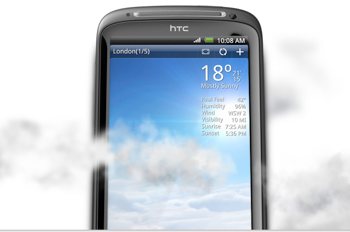The Governors Highway Safety Association (GHSA) has released the first comprehensive overview summarizing distracted driving research for state officials. The 50-page report, titled "Distracted Driving: What Research Shows and What States Can Do" (PDF), looks at research from more than 350 scientific papers published between 2000 and 2011.
The report summarizes what distracted driving is, how often drivers are distracted, how distraction impacts driver performance and crash risk, what countermeasures may be most effective, and what states can do to reduce distracted driving. Here is a quick summary:
- Distractions affect driving performance.
- Drivers frequently are distracted, perhaps as much as half the time.
- Drivers adapt to some extent: they pay more attention to driving and reduce their distracting activities in more risky driving situations.
- Distractions are estimated to be associated with 15 to 25 percent of crashes at all levels from minor property damage to fatal injury.
- Cell phone use increases crash risk.
- Texting likely increases crash risk more than cell phone use.
Based on the existing research, the report urges states to implement the following countermeasures:
- Continue to leverage effective, low-cost roadway countermeasures such as edgeline and centerline rumble strips, which alert motorists when they are drifting out of their driving lane.
- Record distracted driving in crash reports to the extent possible, to assist in evaluating distracted driving laws and programs.
- Monitor the impact of existing hand-held cell phone bans prior to enacting new laws. States that have not already passed handheld bans should wait until more definitive research and data are available on these laws' effectiveness.
- Evaluate other distracted driving laws and programs. Evaluation will provide the information states need on which countermeasures are effective and which are not.
- Enact a texting ban for all drivers and a complete cell phone ban (both hands-free and hand-held) for novice drivers.
- Enforce all existing cell phone and texting laws.
- Implement distracted driving communication programs.
- Help employers develop and implement distracted driving policies and programs.
Interestingly, the report also concludes that high visibility texting and hand-held cell phone enforcement projects are proving to be effective in helping to change motorist behavior. In fact, preliminary results show cell phone crackdowns have prompted dramatic declines in hand-held cell phone use and texting behind the wheel.
"Despite all that has been written about driver distraction, there is still a lot that we do not know," GHSA Executive Director Barbara Harsha, who oversaw the report's development, said in a statement. "Much of the research is incomplete or contradictory. Clearly, more studies need to be done addressing both the scope of the problem and how to effectively address it. While distracted driving is an emotional issue that raises the ire of many on the road, states must take a research-based approach to addressing the problem. Until more research is conducted, states need to proceed thoughtfully, methodically and objectively."
